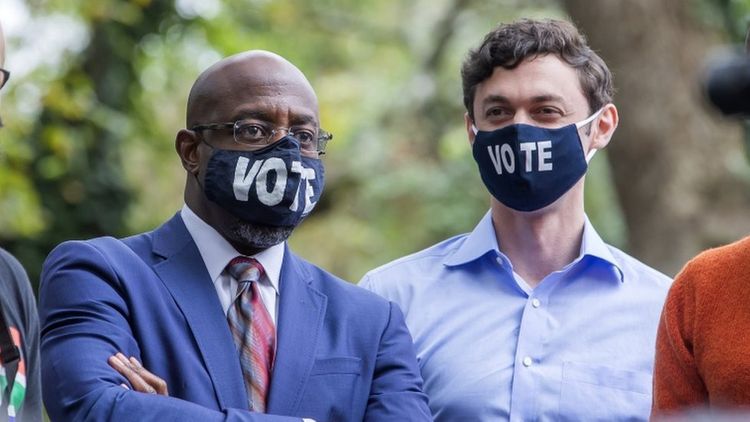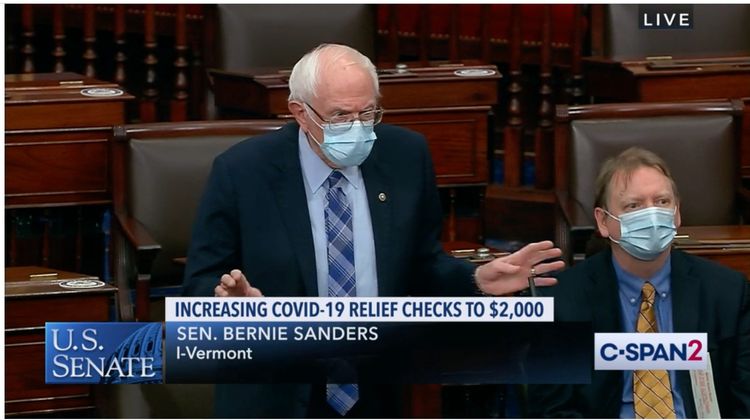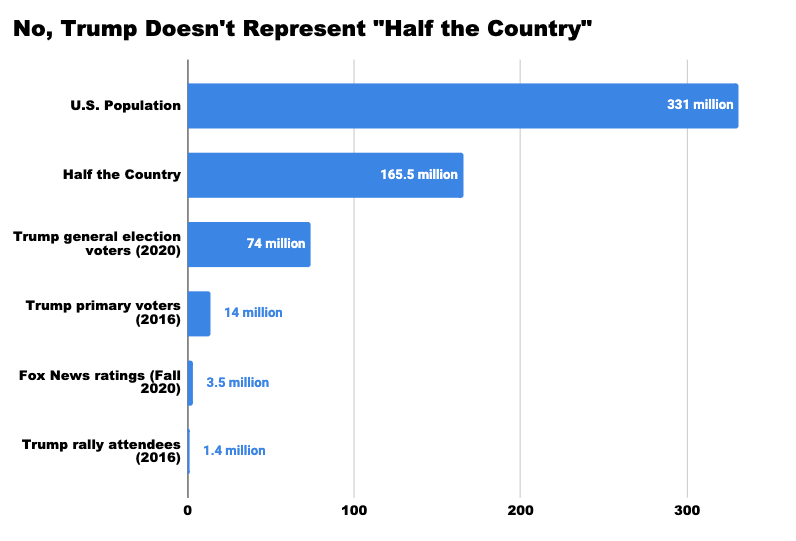Warming Up to Address Scientists’ Cold-But-Competent Stereotype
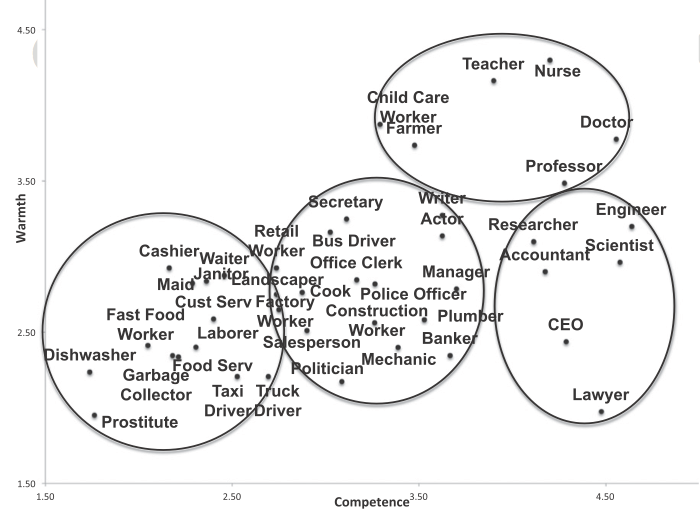
Social psychologists Susan Fiske and Cydnee Dupree have identified a big problem scientists have when it comes to how the public perceives their profession. But I think it’s a problem that scientists can easily address with a bit of foresight.
Cold but competent
Fiske and Dupree measured people’s impressions of different groups in society based on competence — our smarts, skills and competitiveness — and warmth, which can include our perceived sincerity and good-naturedness.
Take a look. Can you spot scientists here?

In this measure, scientists come across as highly competent, but not very warm. They have high status in society, people think, so they must be pretty good at what they do, but they’re just not sure about why it matters to them. In fact, this sort of cold-but-competent stereotype can provoke feelings of envy, according to Fiske and Dupree’s research. Indeed, I would hazard that this is probably one of the core emotional strains of anti-elitism and anti-intellectualism in public life.
Conversely, check out doctors, nurses, teachers and professors. They’re competent and warm, in the public’s estimation. That stereotype provokes feelings of admiration, which is probably a lot closer to where science communicators would want to see “scientists” on this chart, especially if they care about public trust in science. (Their full paper is here.)
So what’s the difference here? I think people intuitively understand why doctors and nurses do what they do. They save lives and doing that sort of work requires some pretty obvious compassion and empathy for people.

Teachers teach. They love their students. Professors…profess and they’re often motivated by passing on knowledge to the next generation, too. But what do scientists do, generally speaking? Well, science. And that doesn’t tell the public much.
In a lot of public communication, I see scientists lead with their science and their methods and their expertise, but they don’t mention why they do what they do. Helping audiences understand that “why” is so important. As NASA’s Gavin Schmidt has pointed out, failing to convey motivations to an audience means that people will fill in the blank with the nearest stereotype they have on hand.
[caption id=”attachment_1237" align=”aligncenter” width=”462"]
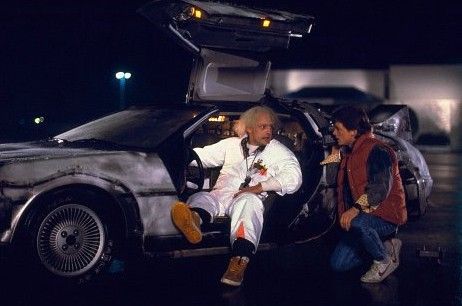
Yes, Doc, but WHY did you build the time machine again???[/caption]
So researchers and science communicators who want to come across as a little warmer, a little more admired and — yes, a little more credible and relatable with audiences — should consider the following:
Be Personal
Ten or 20 years into a scientific career — or heck, even at the end of a PhD program — scientists sometimes find it difficult to harken back to why they got started down their career path in the first place.
Maybe it was nature walks they took when they were kids. Maybe they had an amazing teacher. Maybe they were always blown away by big machinery. Or, like a lot of nerds, perhaps it was the Star Trek that did it. (::raises hand::)
In every scientist’s life, there is some point or series of points at which they decided to dedicate themselves to difficult, sometime tedious work, to discover new things. Finding that moment — even if it’s something you fell into — is so important for connecting with audiences.
Be Curious
Most scientists got into the field because they were intrinsically fascinated by something. They were the kids who collected bugs in jars, who took the toaster apart and surprised their parents with dangerous birthday wish lists. (“But it’s just a chemistry set, mom!”)
Scott Mandia, an award-winning science communicator, likes to use the example of researchers who get dropped off in frigid polar wastes to study the climate. Are they doing that for the grant money? Or because it makes them the queen or king of the cryosphere? No way. You have to be Pretty. Damn. Curious. to take a trip like that.
Be Transparent
Why are you giving a talk, testifying before a committee or releasing a paper to the media? What’s your goal? For scientists, it’s usually to inform. They want people to be able to use research to guide everyday choices they make, whether it’s what kind of medicine they use or what kind of food they buy. And on the policy front, scientists want to make sure that political leaders can make decisions based on the best science. For scientists working on commercial products, it can also be to provide a service, grow a business or attract investors to a new innovation.
Scientists should always be up front with audiences about what they’re doing, why, and who is supporting their work. They also have to self-reflect: sometimes scientists engage in public communication as an extension of competition within the scientific community or because they really think they know better than everybody else. Those are unhealthy premises from which to take on science communication work and they can easily backfire, not just with the public, but with one’s colleagues’ too, especially when scientists leave their disciplinary lane.
Be Real
All of these points have to be genuine and come across as genuine. Audiences can sense something fake or manipulative a mile away. So, for instance, scientists shouldn’t name-check the local sports team when giving a public talk unless they really love that team. And if a scientist wants to invoke something general like being a parent, they should back that up with specific examples that are about them and their kid. It’s those detailed, specific stories that stick with audiences.
Fill in the blank
Helping audiences fill in these blanks can be a huge favor. If a scientist can get it down to a minute, that might be the “elevator pitch” for their work. These stories are also good openers for talks and testimony. And they’re great fodder for personal websites and sprucing up dusty faculty pages.
They can also be worth sharing on their own merits, as the growing Story Collider series has proven. And importantly, when scientists think deeply about why they really do what they do, it can also reveal stories about their own work that help them conceptualize new avenues for research. That’s right: all this fuzzy stuff about storytelling, narrative and audience can help researchers do better science, too!
A video version of this post is available here:
(3/14 update: I edited the links above to point to a Phys.org story about the research and added another link to the paper itself.)


